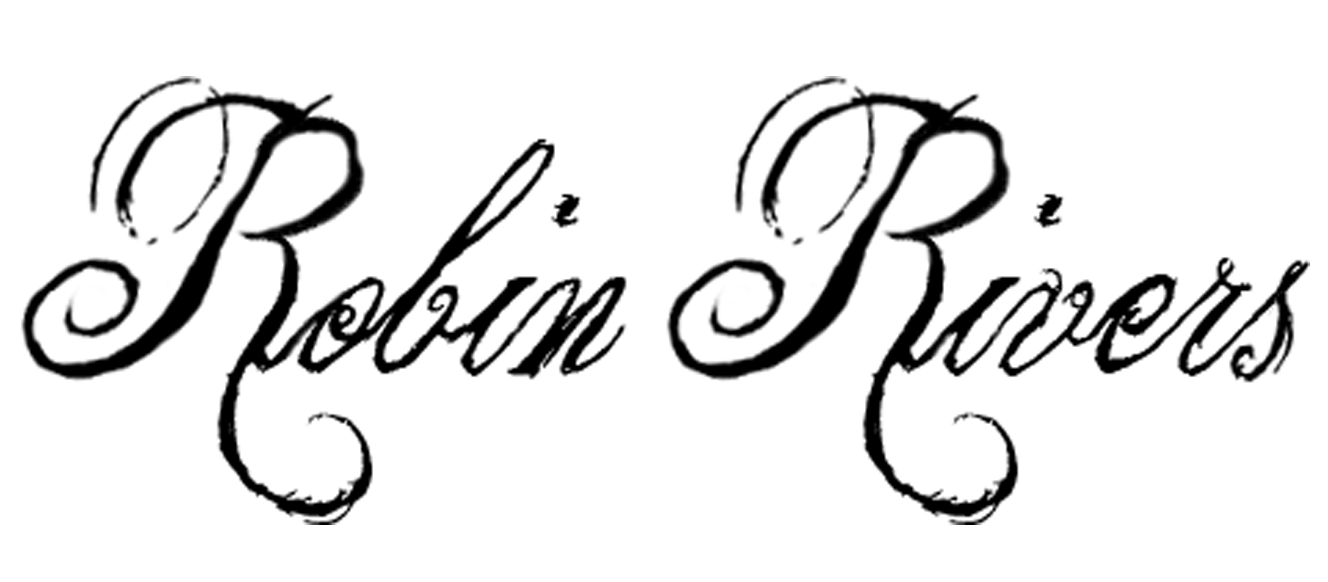When you are diagramming a scene, you can see the characters in it. Writing is an art steeped in the lyrical use of words (stunning revelation, I know). Figuring out the magical combination of phrases, nouns, verbs and a participle or two is something we as novelists fret over on a minute-by-minute basis.
Jumping in today with a solid lesson in sentence diagramming may be useful in that quest for making better literary art. But, this is not that solid (read: dull) lesson. Today, it’s all about diagramming of a different sort to find a new sort of path to that lyrical dance.
Diagramming A Scene
I’m talking about drawing, but don’t vibrate too much. Believe me, I am solidly in the camp of stick figures and smiley faces when it comes to my skills in the illustration department. I’m talking more about whipping out the pencil crayons and mapping out the scenes in your stories without any judgment as to your art skills.
This may be, by a very wide margin, the most impactful tool I have ever discovered as a novelist. It changed the way I wrote, how I saw an event or a conversation in my head, the description, the dialogue. Diagramming a scene for the first time was my novel-writing #woke moment.

It all started with my husband. He has spent his life as an art director for children’s animated television. If you’ve ever watched Beat Bugs, Doozers, Bob The Builder or Blaze and The Monster Machines you know his work.
He spends a whole lot of time reading scripts before anyone has ever drawn anything. He thinks “Where does everything go in this scene?” “How are the characters and the landscape interacting?” “What is the path for characters to get from point A to point X?”
So, he was reading a chapter in my novel – as he often does. It was a busy chapter, a big battle, I was 75% there but stuck hard, hung up by some “thing” I had yet to comprehend. He knew it and then proceeded to ask all of the questions (see above), none of which I could properly answer.
“Have you tried diagramming the scene yet?” he asked.
“What?”
“Sketch it out. The landscape. The position of the characters. Where are the weapons caches? Where is a given character killed? How do the Amyntas stop the Mauritanian from escaping? Where is the road from Alexandria and where does it enter the battlefield?”
Cripes. He’s asking me to draw. Bad.
I did it anyway because, well, he’s been making television for thirty years. It is possible he knows something I don’t.
Turns out, he’s mildly brilliant (shhh. Do not show him this blog).

The After-effects
After diagramming the scene I was able to write through all of the major blocks and hit a massive personal home run for myself in the evolution-of-a-novel department. I found this effective. Here, I grounded characters in place. They had a sensibility and position within the story.
The first diagram was a battle scene. It’s a big moment that needs to have structure. But, what about the quieter moments or scenes that involve three or four characters in an intimate setting?
I put it to the test there too, diagramming the inside of Elisheba’s house in the first scene of Chapter 2. I’ve been really satisfied with the condition of that chapter for a while. I worked on the back of the book that needed more attention.
A diagram of the house proved the last step in calling that chapter complete. With the map, I went back in and did a run through for holes and missing details. It was such a satisfying experience to be able to walk myself through. I had my own vision of the story, confident that taking such a walk was possible.
Now, I find the process very cathartic and heavy on immersion, which improves my writing as well. I diagram as I go.
I’ve started using it in many places. I muddle the story. Then, the diagram has proven in every case to be a most effective writer’s block buster.
So, Tool #3 in the writer’s kit: a sketch book, pencil crayons and time set aside for scene diagramming or “concept design” as they call it in the TV industry. Think of it as your partner in that lyrical dance.
